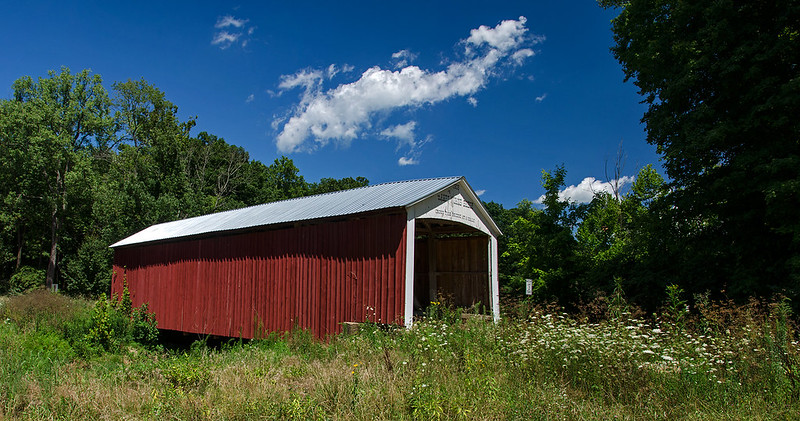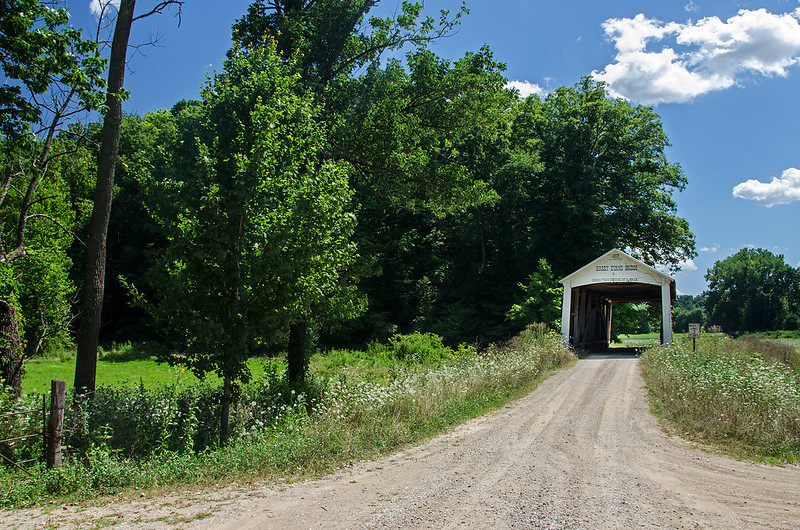
Late afternoon at Goose Lake State Prairie, and the signs of Autumn are everywhere. What was once lush green tallgrass, sprinkled with wildflowers, is now brown and mangled, ready for the changes and cleansing of Winter.
At 2,500 acres, Goose Lake Prairie is the largest prairie remnant in Illinois. A great portion of "The Prairie State" once looked much like this. Early settlers drained the 1,000 acre Goose Lake in this spot, and removed the clay for pottery and brick making. Coal mining took place in the 1800's, and much of the surface land was scoured.
Today, the prairie appears much as it did before the settlers - minus the lake - with a mound of soil from mining times that offers the highest vantage point in the park.









































